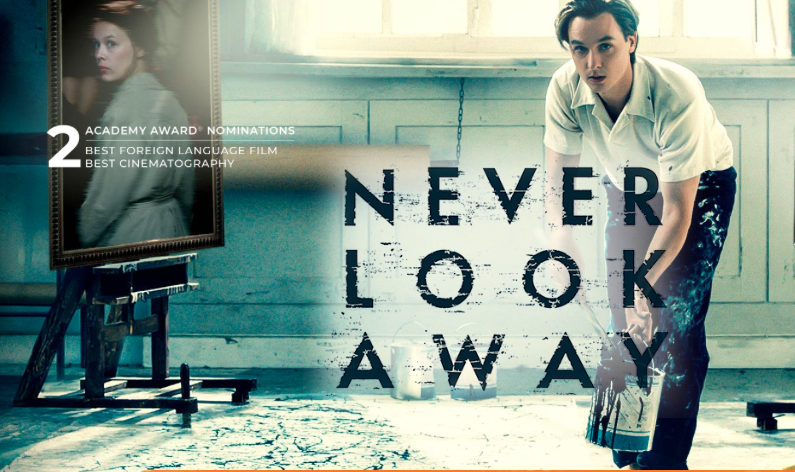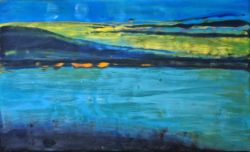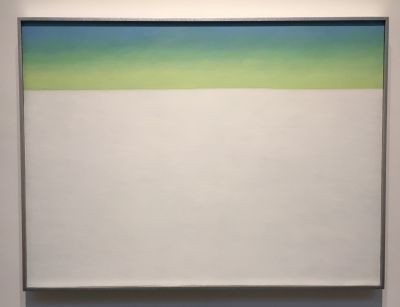“There are no rules, That is how art is born, how breakthroughs happen. Go against the rules or ignore the rules. That is what invention is about.” -Helen Frankenthaler
In January, 2020 I will participate in a group show titled “Risk: the Art of Uncertainty” at Waterstone Gallery in Portland, Oregon. The concept behind the show is that artists take risks all the time in creating their work, but the viewing public only sees the ones that “succeeded” or that the artist felt were ready for prime time. In this group show we are attempting to show you the vulnerabilities, missteps, and u-turns that artists face before their final triumphs (hopefully!).
One of my favorite artists is Helen Frankenthaler. Here is something she had to say about artists and risk: “I’d rather risk an ugly surprise then rely on things I know I can do.” For this show I am exhibiting four paintings I did for myself, as part of my “playtime” in the studio. They were done over old paintings with used paint (remelted but muted in hue since the paint I save is usually from scrapings that are a mix of many colors) and were exploring a subject matter that interests me but was unrelated to the work I was doing for my show (in April, 2020…stay tuned for more on that). Here is one of them:
“The Weight of Things”, encaustic, 10x6
At the time I did this series I was spending time looking at the way rocks and logs are tossed against one another at the beach, a tumble of sometimes precariously balanced shapes. Then I visited Central Oregon last spring and noticed the way the basalt rock was similarly tilted and stacked and leaning against rocks to either side of it in the rocky river canyons there. I thought of how we are all leaning on one another, holding each other up and helping each other stay upright. It felt like a beautiful metaphor for life. I wanted to express that in paint.
I am still not sure if these paintings are successful or just an “ugly surprise” but I liked them and wanted to share them with others. I know they are different from the more colorful and patterned work I have been doing lately but I also feel they harken back to the time I was working only in black and white and doing still life images. I have a certain fondness for the Martha of that time…
Here is another Frankenthaler quote: “The only rule is that there are no rules. Anything is possible…It’s all about risks, deliberate risks.” Please join me at Waterstone to see some of my deliberate risks and those of my fellow gallery artists.





















































